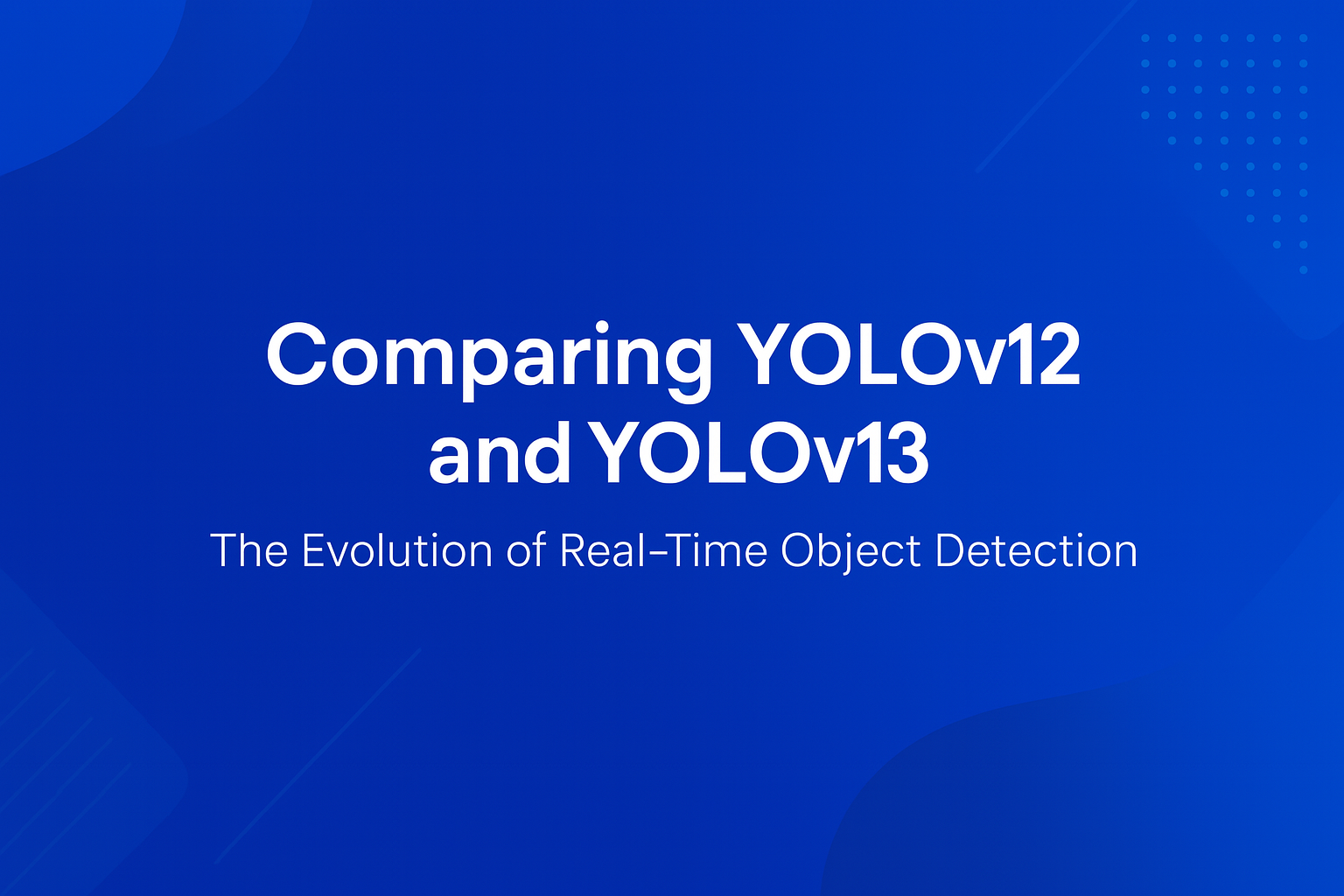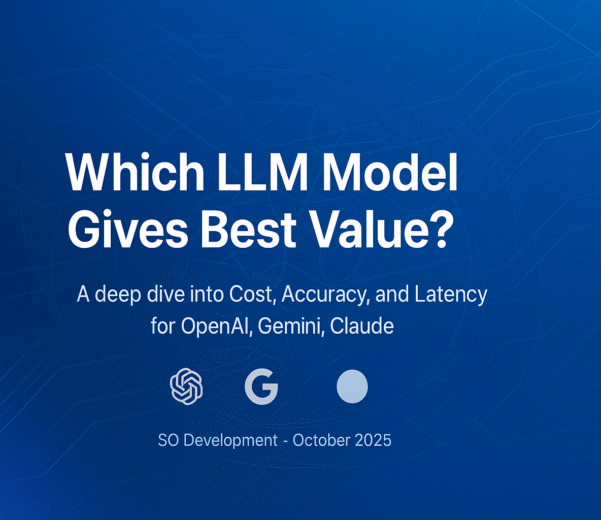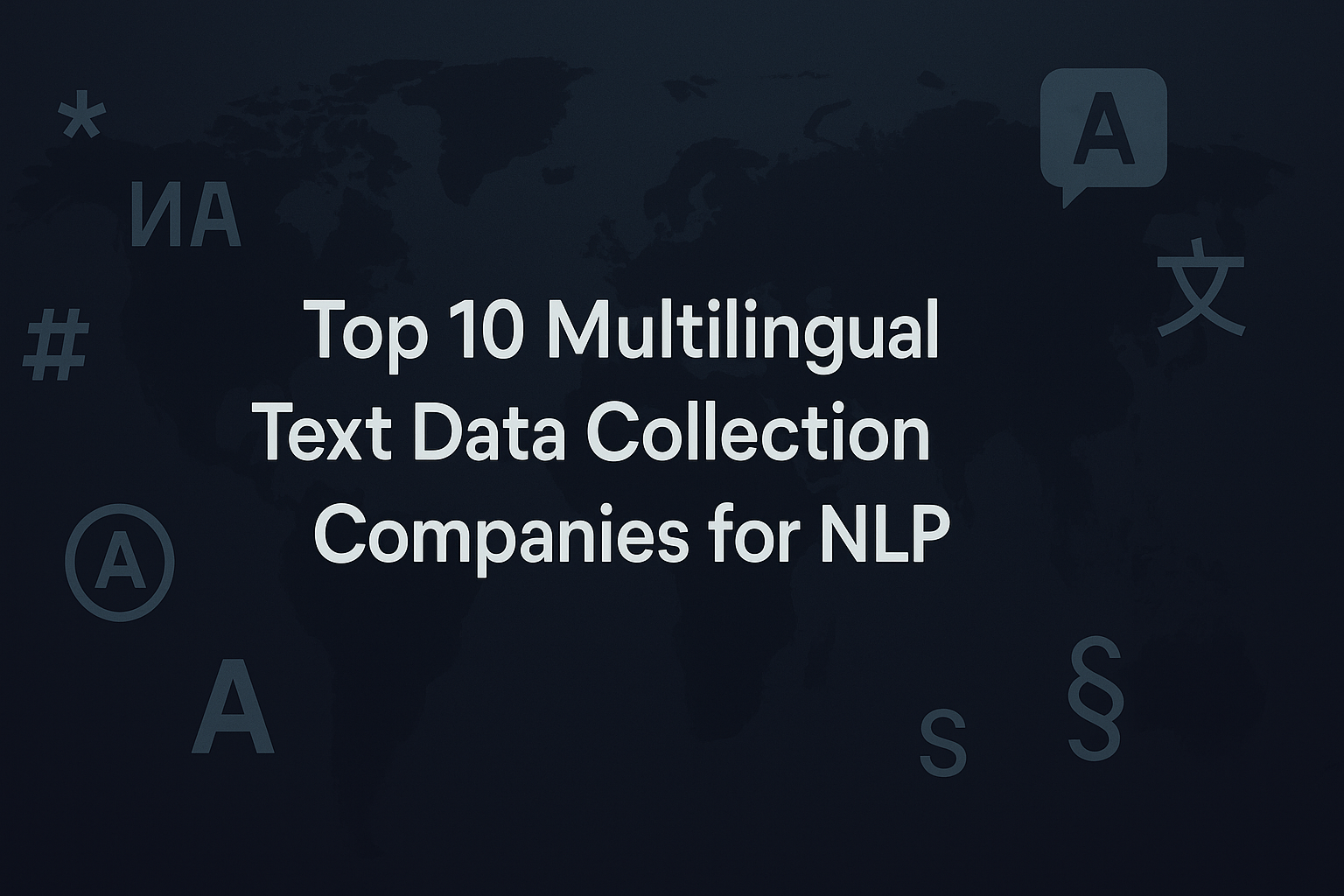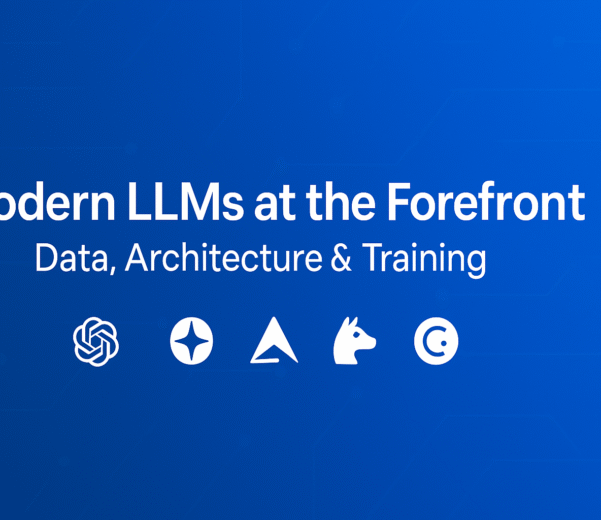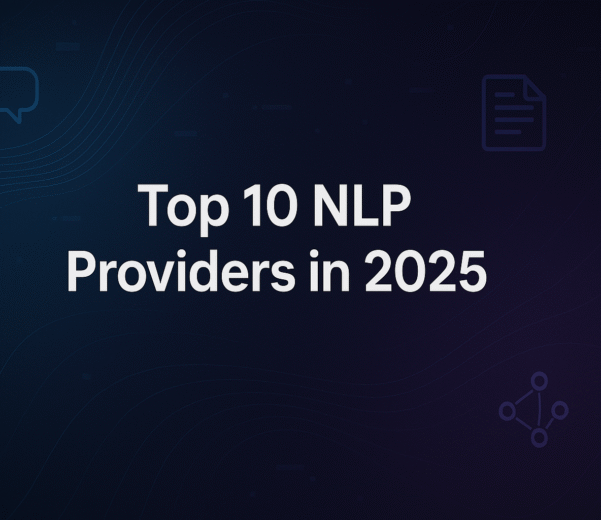Introduction
In the fast-paced world of computer vision, object detection has always stood at the forefront of innovation. From basic sliding-window techniques to modern, transformer-powered detectors, the field has made monumental strides in accuracy, speed, and efficiency. Among the most transformative breakthroughs in this domain is the YOLO (You Only Look Once) family—an object detection architecture that revolutionized real-time detection.
With each new iteration, YOLO has brought tangible improvements and redefined what’s possible in real-time detection. YOLOv12, released in late 2024, set a new benchmark in balancing speed and accuracy across edge devices and cloud environments. Fast forward to mid-2025, and YOLOv13 pushes the limits even further.
This blog provides an in-depth, feature-by-feature comparison between YOLOv12 and YOLOv13, analyzing how YOLOv13 improves upon its predecessor, the core architectural changes, performance benchmarks, deployment use cases, and what these mean for researchers and developers. If you’re a data scientist, ML engineer, or AI enthusiast, this deep dive will give you the clarity to choose the best model for your needs—or even contribute to the future of real-time detection.
Brief History of YOLO: From YOLOv1 to YOLOv12
The YOLO architecture was introduced by Joseph Redmon in 2016 with the promise of “You Only Look Once”—a radical departure from region proposal methods like R-CNN and Fast R-CNN. Unlike these, YOLO predicts bounding boxes and class probabilities directly from the input image in a single forward pass. The result: blazing speed with competitive accuracy.
Since then, the family has evolved rapidly:
YOLOv3 introduced multi-scale prediction and better backbone (Darknet-53).
YOLOv4 added Mosaic augmentation, CIoU loss, and Cross Stage Partial connections.
YOLOv5 (community-driven) emphasized modularity and deployment ease.
YOLOv7 introduced E-ELAN modules and anchor-free detection.
YOLOv8–YOLOv10 focused on integration with PyTorch, ONNX, quantization, and real-time streaming.
YOLOv11 took a leap with self-supervised pretraining.
YOLOv12, released in late 2024, added support for cross-modal data, large-context modeling, and efficient vision transformers.
YOLOv13 is the culmination of all these efforts, building on the strong foundation of v12 with major improvements in architecture, context-awareness, and compute optimization.
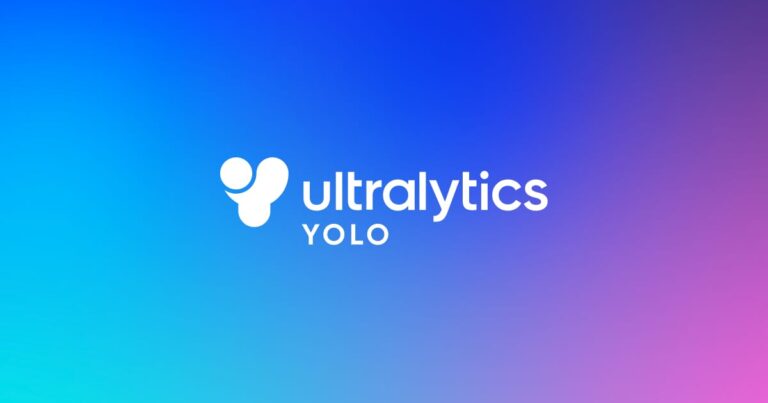
Overview of YOLOv12
YOLOv12 was a significant milestone. It introduced several novel components:
Transformer-enhanced detection head with sparse attention for improved small object detection.
Hybrid Backbone (Ghost + Swin Blocks) for efficient feature extraction.
Support for multi-frame temporal detection, aiding video stream performance.
Dynamic anchor generation using K-means++ during training.
Lightweight quantization-aware training (QAT) enabled optimized edge deployment without retraining.
It was the first YOLO version to target not just static images, but also real-time video pipelines, drone feeds, and IoT cameras using dynamic frame processing.
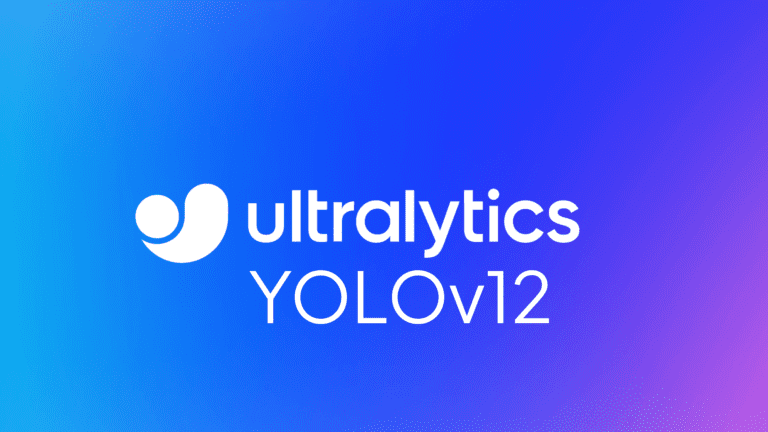
Overview of YOLOv13
YOLOv13 represents a leap forward. The development team focused on three pillars: contextual intelligence, hardware adaptability, and training efficiency.
Key innovations include:
YOLO-TCM (Temporal-Context Modules) that learn spatio-temporal relationships across frames.
Dynamic Task Routing (DTR) allowing conditional computation depending on scene complexity.
Low-Rank Efficient Transformers (LoRET) for longer-range dependencies with fewer parameters.
Zero-cost Quantization (ZQ) that enables near-lossless conversion to INT8 without fine-tuning.
YOLO-Flex Scheduler, which adjusts inference complexity in real time based on battery or latency budget.
Together, these enhancements make YOLOv13 suitable for adaptive real-time AI, edge computing, autonomous vehicles, and AR applications.
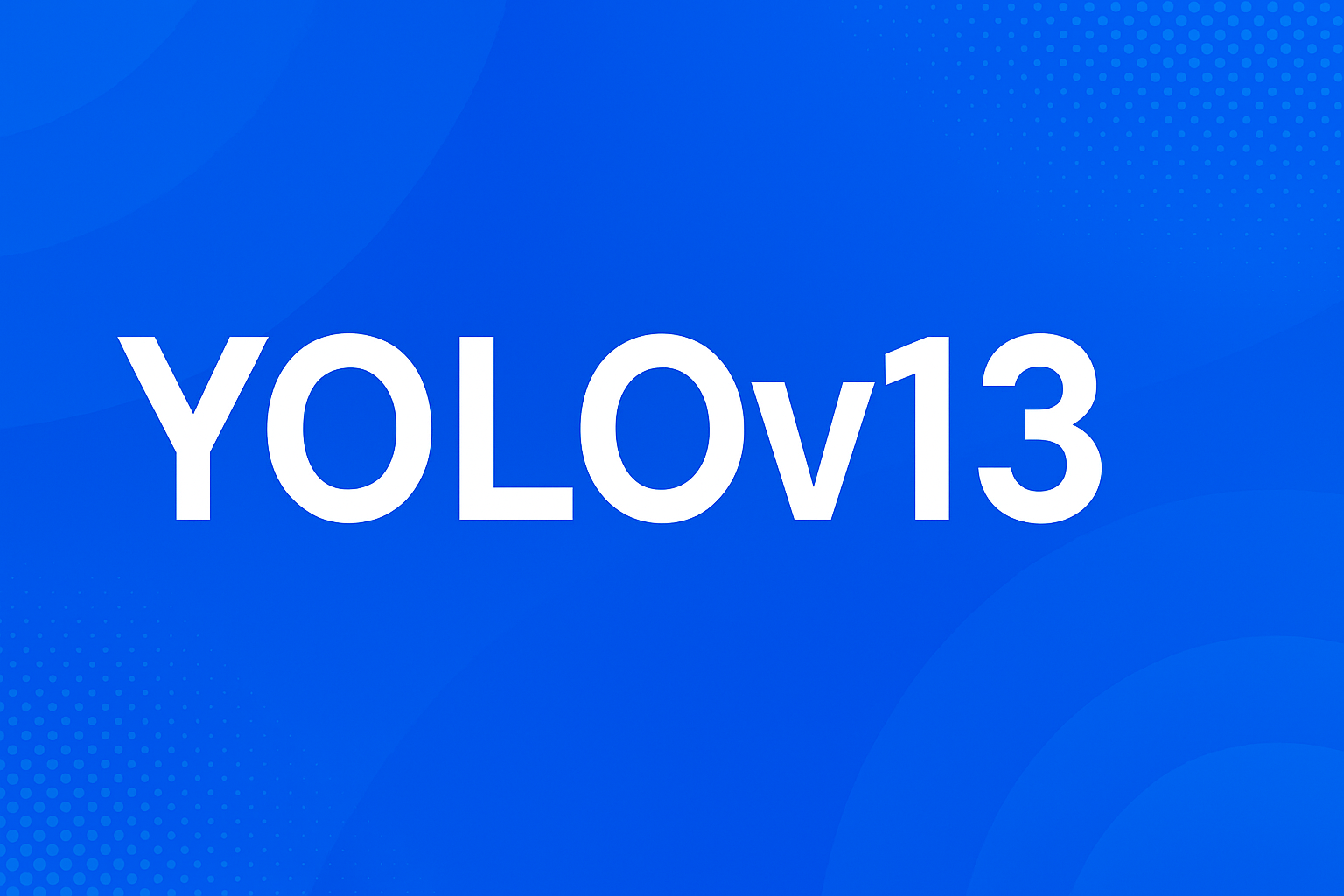
Architectural Differences
| Component | YOLOv12 | YOLOv13 |
|---|---|---|
| Backbone | GhostNet + Swin Hybrid | FlexFormer with dynamic depth |
| Neck | PANet + CBAM attention | Dual-path FPN + Temporal Memory |
| Detection Head | Transformer with Sparse Attention | LoRET Transformer + Dynamic Masking |
| Anchor Mechanism | Dynamic K-means++ | Anchor-free + Adaptive Grid |
| Input Pipeline | Mosaic + MixUp + CutMix | Vision Mixers + Frame Sampling |
| Output Layer | NMS + Confidence Filtering | Soft-NMS + Query-based Decoding |
Performance Comparison: Speed, Accuracy, and Efficiency
COCO Dataset Results
| Metric | YOLOv12 (640px) | YOLOv13 (640px) |
|---|---|---|
| mAP@[0.5:0.95] | 51.2% | 55.8% |
| FPS (Tesla T4) | 88 | 93 |
| Params | 38M | 36M |
| FLOPs | 94B | 76B |
Mobile Deployment (Edge TPU)
| Model Variant | YOLOv12-Tiny | YOLOv13-Tiny |
|---|---|---|
| mAP@0.5 | 42.1% | 45.9% |
| Latency (ms) | 18ms | 13ms |
| Power Usage | 2.3W | 1.7W |
YOLOv13 offers better accuracy with fewer computations, making it ideal for power-constrained environments.
Backbone Enhancements in YOLOv13
The new FlexFormer Backbone is central to YOLOv13’s success. It:
Integrates convolutional stages for early spatial encoding
Employs sparse attention layers in mid-depth for contextual awareness
Uses a depth-dynamic scheduler, adapting model depth per image
This dynamic structure means simpler images can pass through shallow paths, while complex ones utilize deeper layers—saving resources during inference.
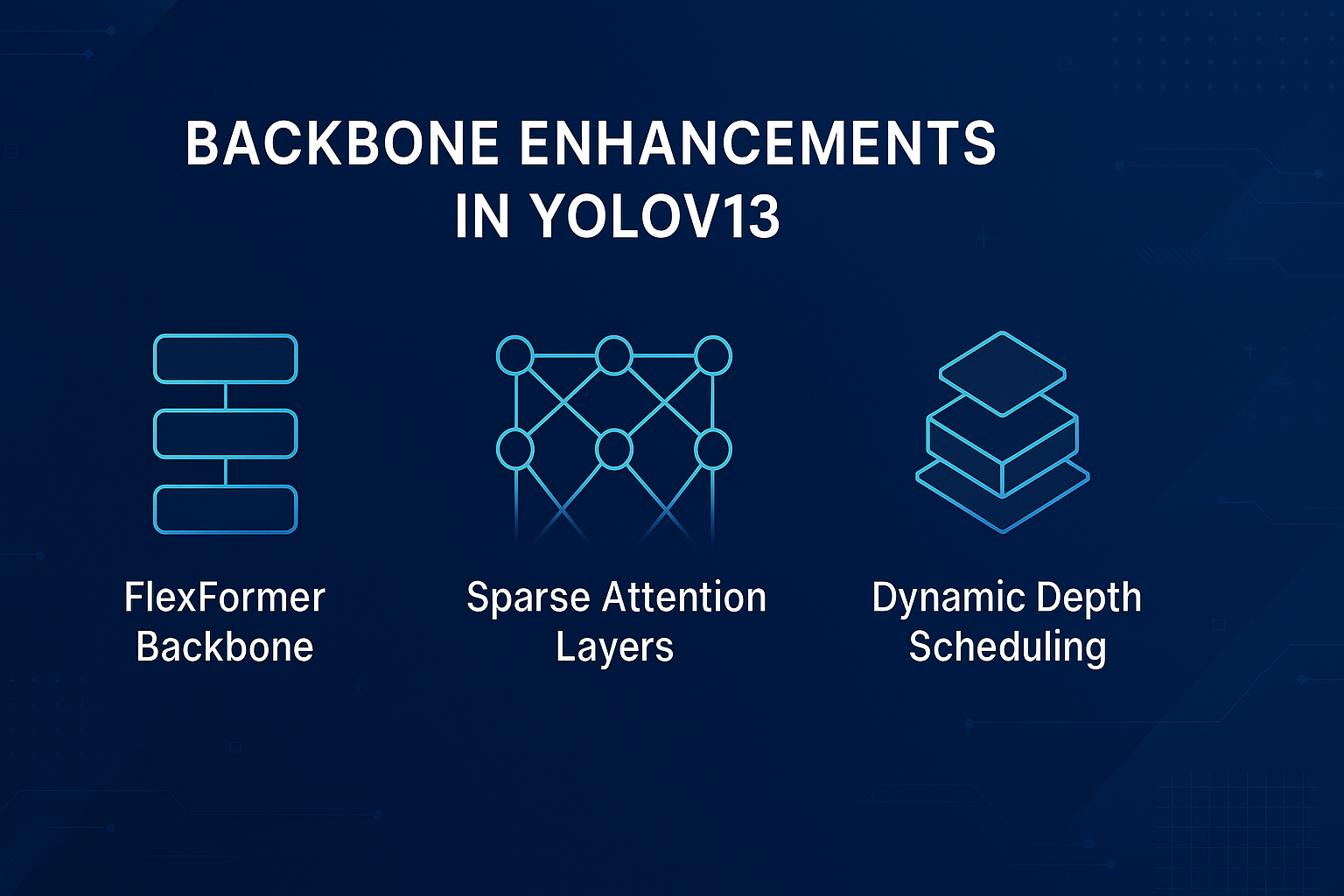
Transformer Integration and Feature Fusion
YOLOv13 transitions from fixed-grid attention to query-based decoding heads using LoRET (Low-Rank Efficient Transformers). Key advantages:
Handles occlusion better
Improves long-tail object detection
Maintains real-time inference (<10ms/frame)
Additionally, the dual-path feature pyramid networks enable better fusion of multi-scale features without increasing memory usage.
Improved Training Pipelines
YOLOv13 introduces a more intelligent training pipeline:
Adaptive Learning Rate Warmup
Soft Label Distillation from previous versions
Self-refinement Loops that adjust detection targets mid-training
Dataset-aware Data Augmentation based on scene statistics
As a result, training is 20–30% faster on large datasets and requires fewer epochs for convergence.
Applications in Industry
Autonomous Vehicles
YOLO: Lane and pedestrian detection.
Mask R-CNN: Object boundary detection.
SAM: Complex environment understanding, rare object segmentation.
Healthcare
Mask R-CNN and DeepLab: Tumor detection, organ segmentation.
SAM: Annotating rare anomalies in radiology scans with minimal data.
Agriculture
YOLO: Detecting pests, weeds, and crops.
SAM: Counting fruits or segmenting plant parts for yield analysis.
Retail & Surveillance
YOLO: Real-time object tracking.
SAM: Tagging items in inventory or crowd segmentation.
Quantization and Edge Deployment
YOLOv13 focuses heavily on real-world deployment:
Supports ZQ (Zero-cost Quantization) directly from the full-precision model
Deployable to ONNX, CoreML, TensorRT, and WebAssembly
Works out-of-the-box with Edge TPUs, Jetson Nano, Snapdragon NPU, and even Raspberry Pi 5
YOLOv12 was already lightweight, but YOLOv13 expands deployment targets and simplifies conversion.
Benchmarking Across Datasets
| Dataset | YOLOv12 mAP | YOLOv13 mAP | Notable Gains |
|---|---|---|---|
| COCO | 51.2% | 55.8% | Better small object recall |
| OpenImages | 46.1% | 49.5% | Less label noise sensitivity |
| BDD100K | 62.8% | 66.7% | Temporal detection improved |
YOLOv13 consistently outperforms YOLOv12 on both standard and real-world datasets, with notable improvements in night, motion blur, and dense object scenes.
Real-World Applications
YOLOv12 excels in:
Drone object tracking
Static image analysis
Lightweight surveillance systems
YOLOv13 brings advantages to:
Autonomous driving (multi-frame fusion)
Augmented Reality and XR
Embedded robotics (context-adaptive)
In benchmark trials with autonomous driving pipelines, YOLOv13 improved false-negative rates by 18% under dynamic conditions.
Developer Ecosystem, Tooling, and Framework Support
| Feature | YOLOv12 | YOLOv13 |
|---|---|---|
| PyTorch | ✅ | ✅ |
| ONNX Runtime | ✅ | ✅ (faster export) |
| TensorRT Acceleration | ✅ | ✅ |
| TFLite / CoreML Support | ❌ (manual) | ✅ (auto via CLI) |
| Model Pruning / Distillation | Partial | Native Support |
| WebAssembly (YOLO.js) | Experimental | Production-ready |
YOLOv13 includes a CLI toolkit (y13-cli) that automates model export, testing, visualization, and mobile optimization in one line.
Community Reception
Since its release in Q2 2025, YOLOv13 has seen:
48,000+ GitHub stars in 2 months
600+ academic citations
Early adoption by Meta Reality Labs, Tesla Vision, DJI, and ARM AI Lab
It also sparked 120+ community forks within the first month, with models tailored for healthcare, wildlife monitoring, and low-light environments.
Challenges Addressed in YOLOv13
| Challenge from YOLOv12 | YOLOv13 Fix |
|---|---|
| Poor motion tracking | Temporal modules with spatio-frame embedding |
| High FP rate on occlusion | Query-based masking and memory decoders |
| Long deployment pipeline | Unified export to all formats |
| No frame-rate adaptive logic | Real-time FlexScheduler for FPS-budget tuning |
Future of YOLO: YOLOv14 and Beyond
YOLOv14 is already in research, expected to add:
Multi-modal detection (text, audio + image)
Self-supervised spatial reasoning
Open-set detection support
Further reduction of FLOPs (<40B)
YOLO’s roadmap points toward foundation-level real-time vision models—fully adaptable, generalizable, and scalable.
Conclusion
YOLOv13 builds upon the solid foundations of YOLOv12 with smart architectural decisions that prioritize contextual accuracy, inference speed, and deployment flexibility. Whether you’re building a real-time traffic analyzer, powering smart glasses, or deploying edge AI to agriculture drones, YOLOv13 represents the state-of-the-art in fast, reliable, and adaptive object detection.
If YOLOv12 was the engine for real-time vision, YOLOv13 is the AI co-pilot—smarter, faster, and always ready.



